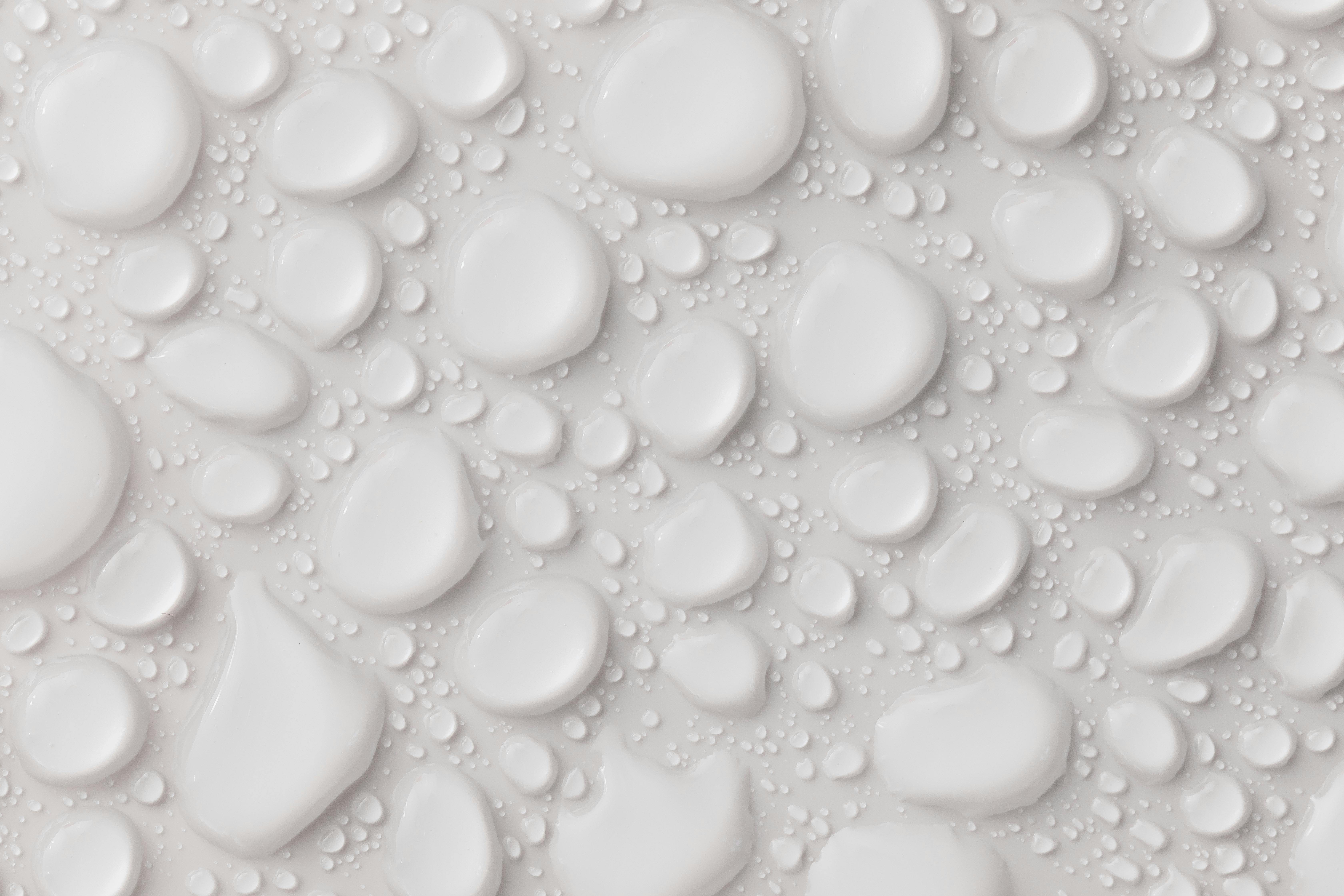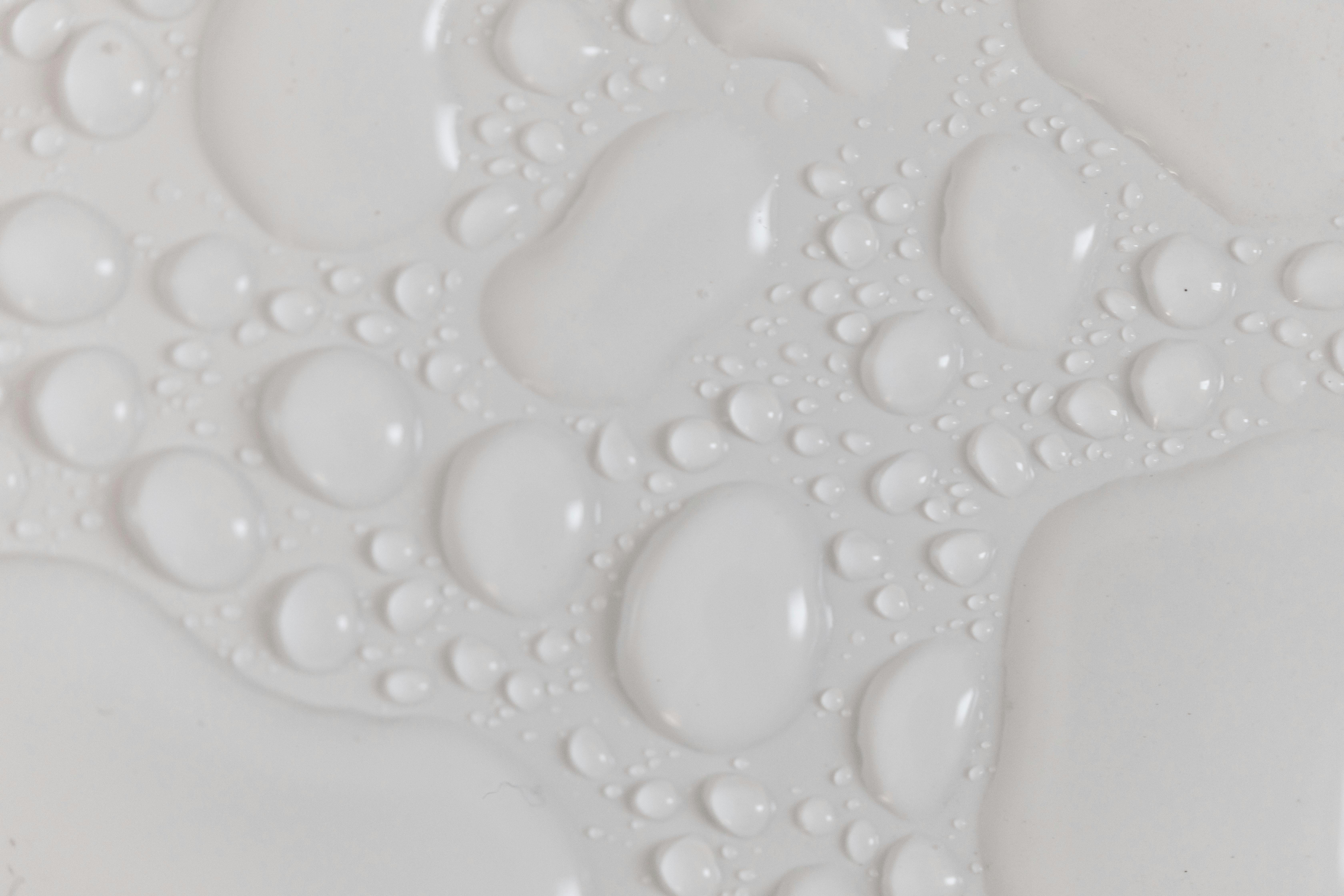Distilled water and purified water are often confused with one another. While they share some similarities, there are key differences between the two. Distilled water is created through a process of distillation, which involves boiling water and then condensing the steam back into liquid form. Purified water, on the other hand, is typically treated with chemicals to remove contaminants and impurities. Both types of water offer clean and safe drinking options, but there are some key distinctions between them that should be considered before making a choice for your household or business.Distilled water is water that has been boiled and condensed to remove impurities, minerals, and other contaminants. It is a type of purified water that is created through a distillation process. This process involves boiling the water and collecting the steam in a separate container. The steam then cools and condenses back into a liquid, leaving behind any impurities that were present in the source water.
Purified water is water that has been processed through various filtration methods to remove impurities and contaminants. These methods may include reverse osmosis, activated carbon filtration, ion exchange, ultrafiltration, or distillation. The end result is a pure form of water that is free from bacteria, viruses, chemicals, and other pollutants.
Process of Purification
The process of purification involves the removal of contaminants from a substance to create a pure product. This process is used in many industries, including the food and beverage industry, to ensure that products are safe for consumption. The most common form of purification is filtration, which removes solid particles from liquids or gases. Filtration can also be used to separate two or more components in a liquid mixture or to remove impurities from water. Additionally, other techniques such as distillation, ion exchange, and reverse osmosis can be used to further purify substances.
Filtration is the most commonly used method of purification and involves passing the material through a filter medium, such as cloth or paper, that traps contaminants while allowing desired components to pass through. This method is often used to remove dirt and sediment from water sources as well as to separate two or more components in a liquid mixture. Additionally, it is often used in the food and beverage industry for removing solids from liquids such as juice concentrates or milk.
Distillation is another technique for purifying liquids that involves boiling the material and then condensing
Distillation and Purification
Distillation and purification are two processes used to separate different components of a liquid mixture. Distillation is a process of separating mixtures into their individual components based on the differences in boiling points. It involves heating the mixture until it reaches its boiling point and then collecting the different components as they come off as vapor. Purification, on the other hand, is a process of removing impurities from a substance. This can be done by physical means such as filtration or chemical processes such as precipitation or ion exchange.
The main difference between distillation and purification is that distillation separates mixtures into their individual components while purification removes impurities from a substance. Distillation works by separating the components of a mixture based on their boiling points while purification removes impurities from a substance using physical or chemical processes. In addition, distillation is often used to produce high-purity products while purification can be used to remove any unwanted compounds from a product.
Another difference between distillation and purification is that distillation requires a higher temperature than purification in order to separate the components
Types of Contaminants Removed By Distillation and Purification
Distillation and purification are two processes that are used to remove contaminants from liquids. Distillation is the process of heating a liquid to its boiling point, which causes the liquid to vaporize, leaving behind any solid particles or other contaminants. Purification is the process of filtering a liquid to remove impurities, such as bacteria, dust, and other particles. Both processes can be used individually or in combination to produce clean water.
The type of contaminants removed by distillation and purification vary greatly depending on the source material. In general, both processes can remove suspended solids, such as dirt and sand, as well as dissolved solids, such as salts and other minerals. Additionally, distillation can remove certain organic compounds from liquids, such as alcohols and volatile organic compounds (VOCs). Purification can also remove bacteria and viruses from liquids by using a filter that traps these smaller particles.
Overall, distillation and purification are effective processes for removing a wide variety of contaminants from liquids. By combining both processes, it is possible to produce
Taste Difference Between Distilled Water and Purified Water
The main difference between distilled water and purified water is the taste. Distilled water has a flat, almost tasteless flavor while purified water can have a more refreshing flavor due to the minerals that remain in the water after it has been filtered. Besides taste, there are other differences in how these two types of drinking water are made. Distilled water is created by boiling the liquid and capturing the steam that rises, while purified water is created by passing it through a series of filters to remove contaminants.
The process of distillation removes all impurities from the liquid, including beneficial minerals such as calcium and magnesium. This means that distilled water has no nutritional value and can even leach minerals from your body if consumed in large quantities. On the other hand, purified water still contains some minerals due to its filtering process, making it slightly healthier than distilled water because it has trace amounts of beneficial minerals.
Another difference between distilled and purified water is their shelf life. Since distilled water does not contain any impurities or minerals, it does not spoil as quickly as regular tap

Uses of Distilled Water and Purified Water
Distilled water and purified water are two types of water that can be used for various purposes. Distilled water is created by boiling water and then condensing the steam into a clean container. This process removes all impurities, minerals, and other substances from the water. Purified water, on the other hand, is treated to remove contaminants from naturally occurring sources, such as rivers or lakes. It typically undergoes several filtration techniques to remove pollutants and contaminants.
Distilled water is commonly used in medical settings for injection solutions, irrigation solutions, and treatments for kidney dialysis patients. It is also used in laboratories as a reagent in chemical experiments and to prepare standard solutions. In addition, distilled water is often recommended for use in steam irons to prevent mineral deposits from clogging the steam vents.
Purified water can be used for drinking purposes when it meets certain standards set by regulatory agencies such as the Environmental Protection Agency (EPA) or Food and Drug Administration (FDA). It can also be used in aquariums to provide clean drinking water for fish
Cost Difference Between Distilled Water and Purified Water
The cost difference between distilled water and purified water can be significant depending on the type of purification process used. Distilled water is typically the most affordable option, as it involves evaporating and condensing water to remove impurities. Purified water, on the other hand, may require more expensive processes such as reverse osmosis or deionization. The cost of these processes can add up quickly, making them more expensive than distilled water in many cases. Additionally, some areas may have higher costs for purified water due to local regulations or availability.
It is important to consider not only the cost difference between distilled and purified water, but also their respective benefits. Distilled water is often preferred in applications where extremely pure water is needed, such as in medical and laboratory settings. Purified water may be better suited for everyday uses such as drinking or cooking due to its improved taste and odor compared to distilled water. Ultimately, the choice between distilled and purified water should be based on both cost and desired outcome.
Health Benefits of Drinking Distilled and Purified Water
Drinking distilled and purified water can offer numerous health benefits. Distilled water is free from mineral, chemical, and biological contaminants which can lead to various health issues. It has been found that compared to tap water, drinking distilled and purified water is much healthier for the body.
The process of distillation involves the boiling of water and then condensing it back into a liquid form. This process removes all the impurities from the water such as metals, salts, minerals, and chemicals which can be harmful to our health if consumed over a period of time. As a result, drinking distilled or purified water can help reduce the risk of developing certain illnesses or diseases associated with these contaminants.
Regular consumption of distilled or purified water can also help improve digestion. The lack of contaminants in this type of water helps flush out toxins from your body more efficiently. This helps improve your digestive system by providing your body with clean and healthy hydration that is free from any unwanted substances that may cause harm to your health if left unchecked.
Additionally, drinking distilled or purified water can also help promote healthy skin. Since this type of water does not

Conclusion
In conclusion, it is evident that there is a difference between distilled water and purified water. Distilled water is created by boiling water and collecting the steam that comes off. This process removes any minerals or other compounds that are dissolved in the water. Purified water is created through a variety of processes such as reverse osmosis, deionization, or filtration. This type of water does not contain any minerals but may still contain other compounds and contaminants. Both types of water have their advantages and disadvantages depending on the application they are used for.
It is important to understand the difference between distilled and purified water so that you can choose the right type for your particular needs. Doing so will ensure that you are getting the best quality of drinking or cooking water possible.

